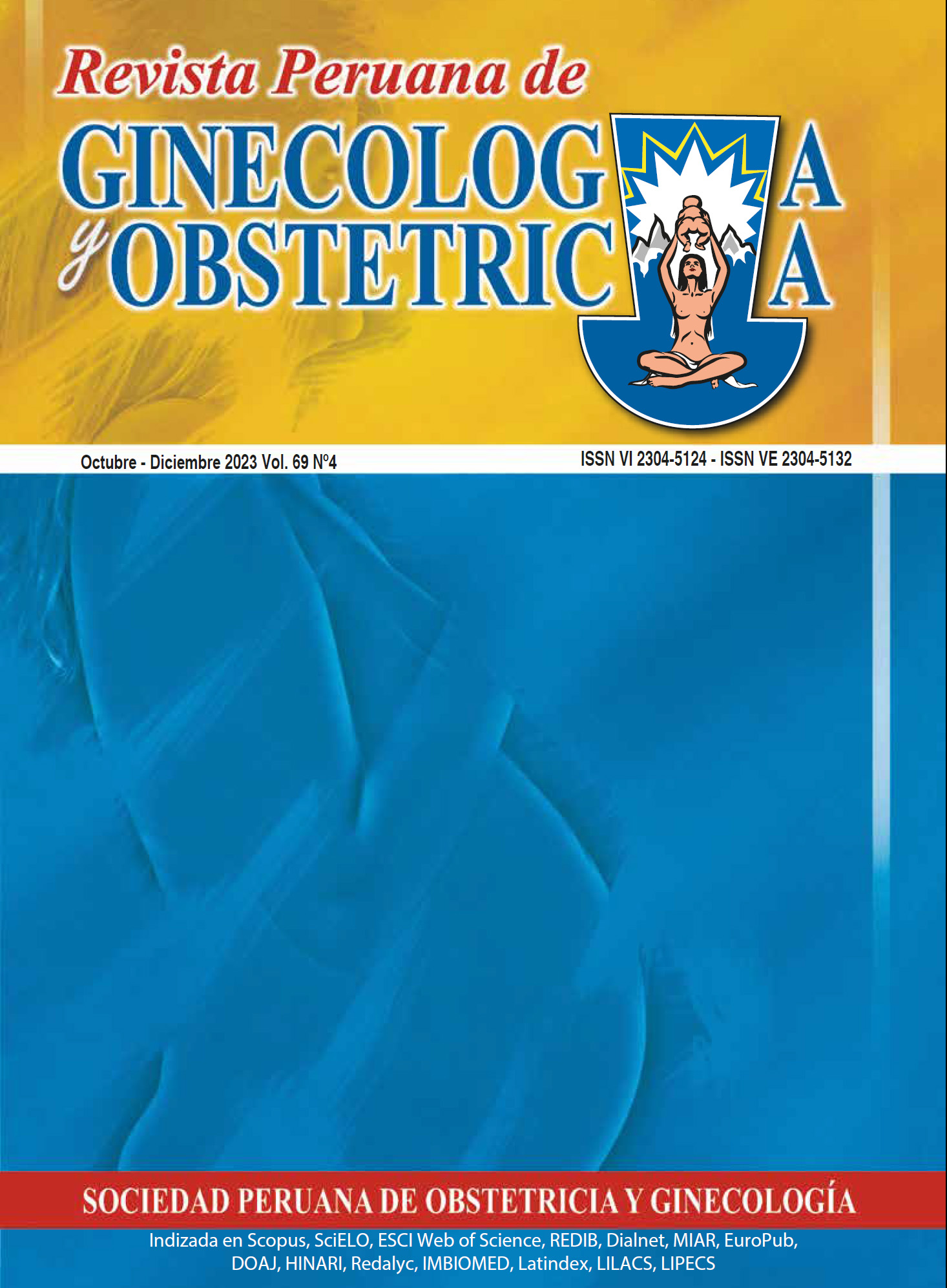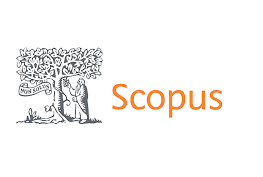Fulcro cardíaco de Trainini en el corazón fetal
DOI:
https://doi.org/10.31403/rpgo.v69i2579Palabras clave:
Corazón fetal, Fulcro cardíaco, Palanca miocárdica, Biomecánica, Cinética cardíaca, Hueso cardíaco, Ossa cordisResumen
Objetivo. Demostrar mediante la disección de piezas anatómicas y de imágenes
ultrasonográficas prenatales del corazón fetal la presencia del fulcro cardíaco como
estructura de fijación que sirve de soporte a la banda miocárdica helicoidal. Material
y métodos. Se disecaron 6 corazones de fetos entre las 20 y 24 semanas de edad
gestacional productos de abortos espontáneos, logrando encontrar el fulcro cardíaco
en la proximidad de la aorta y conexiones con fibras miocárdicas. En 50 embarazos
simples con fetos entre las 18 y 37 semanas de gestación, mediante ultrasonografía
cardíaca fetal se obtuvieron las modalidades 2D, Doppler, color y tridimensión, STIC,
HD Flow y speckle tracking, imágenes, medidas del fulcro y su cinética. Resultados.
Con la estrategia descrita se identificó y demostró la presencia del fulcro cardíaco
o palanca miocárdica, estableciendo sus características anatómicas, conexiones
con fibras miocárdicas del asa cardíaca y la biometría según la edad gestacional.
Se formula una hipótesis sobre la biomecánica o cinética del fulcro durante el ciclo
cardíaco. Conclusiones. Para que el corazón cumpla su función de bomba aspirante
e impelente debe poseer un punto de apoyo, una palanca o fulcro, que constituye
una especie de unidad músculo-tendinosa. Dicha palanca presenta desplazamientos
mixtos durante la torsión y detorsión del miocardio. Sus diámetros aumentan
progresivamente a medida que avanza la gestación.
Descargas
Descargas
Publicado
Cómo citar
Número
Sección
Licencia
Derechos de autor 2023 Alberto Sosa Olavarría, Arturo Martí Peña, Artemio Martínez M, Jorge Zambrana Camacho, Jesús Ulloa Virgen, Jesús Zurita Peralta, Alexander Alcedo, Gonzalo Pérez-Canto CH, Esteban Vázquez, Omar Yassef Antúnez- Montes, Roberto Moncayo, Sergio Belgoff

Esta obra está bajo una licencia internacional Creative Commons Atribución 4.0.
Esta revista provee acceso libre inmediato a su contenido bajo el principio de que hacer disponible gratuitamente la investigación al publico, lo cual fomenta un mayor intercambio de conocimiento global.















